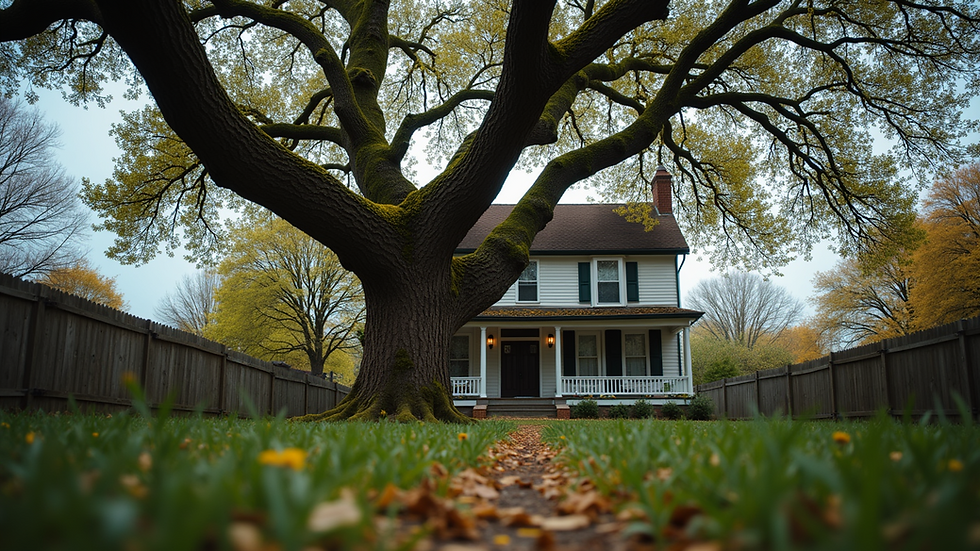The Shocking Pest Invasion Lurking Over Your Roof!
- Michael Shults
- Dec 23, 2024
- 2 min read

Tree branches brushing against your roof might seem harmless, even picturesque, but they’re an open invitation to a world of problems. From structural damage to infestations, these overhanging branches can wreak havoc on your home. Let’s explore the hidden dangers and the uninvited guests that might be creeping in.
The Problem with Overhanging Branches
When tree branches touch your roof, they create a direct pathway for pests to access your home. Additionally, the constant friction can damage shingles, exposing your roof to water leaks and decay. Over time, debris from the trees, such as leaves and twigs, can accumulate in gutters, leading to blockages and further structural issues.
The Uninvited Guests
Overhanging branches can attract a variety of pests. Here’s who might show up:
1. Rodents
Squirrels and rats love to climb trees, and overhanging branches provide the perfect bridge to your roof. Once there, they can chew through shingles, vents, and even wiring, causing costly damage.
2. Insects
Carpenter ants, termites, and other wood-boring insects are attracted to the shelter and moisture that overhanging branches often create. These pests can easily find their way into your attic or walls, leading to significant infestations.
3. Birds
While birds might seem harmless, their nests can clog gutters and downspouts. Their droppings can also be corrosive, damaging roofing materials over time.
4. Raccoons
Known for their intelligence and persistence, raccoons can use tree branches to access your attic, where they’ll create nests and potentially spread diseases.
5. Bees and Wasps
Tree branches often harbor nests for bees and wasps. These stinging insects can pose a danger to your family, especially if they establish a hive near your roofline.
Prevention Tips
Trim Back Branches: Ensure all tree branches are at least six feet away from your roof. Regular trimming prevents pests from using them as a bridge.
Inspect Your Roof: Regularly check for signs of damage or pest activity, such as chewed shingles or droppings.
Clear Debris: Keep your roof and gutters free of leaves and other debris to discourage pests.
Seal Entry Points: Inspect your roof and attic for gaps or cracks and seal them to block pest access.
Consult Professionals: If you’re dealing with persistent pest issues, consider hiring a pest control expert or arborist for guidance.
Conclusion
Don’t let those charming tree branches fool you! While they might add to your home’s aesthetic, they can invite pests and lead to significant problems. By taking proactive measures, you can protect your home and enjoy a pest-free environment.






Comments